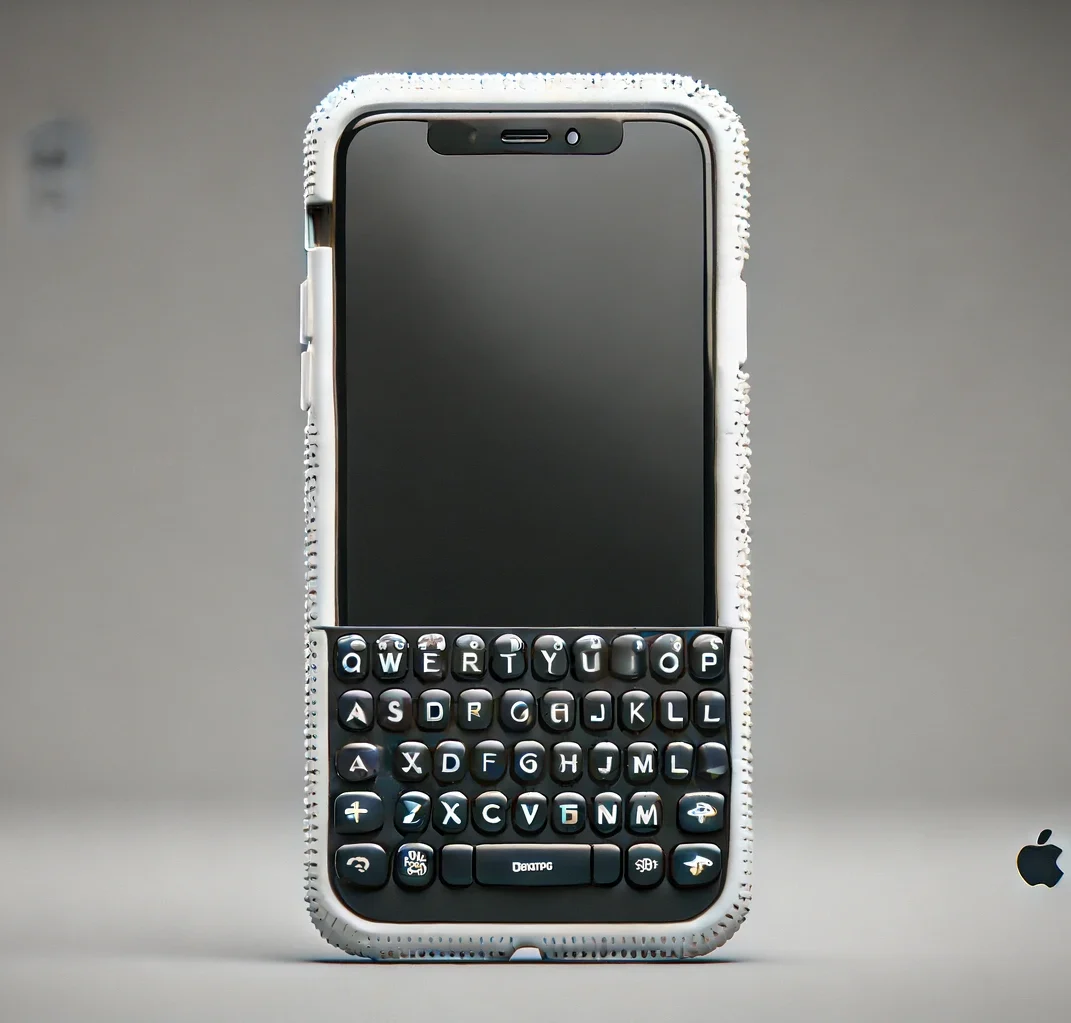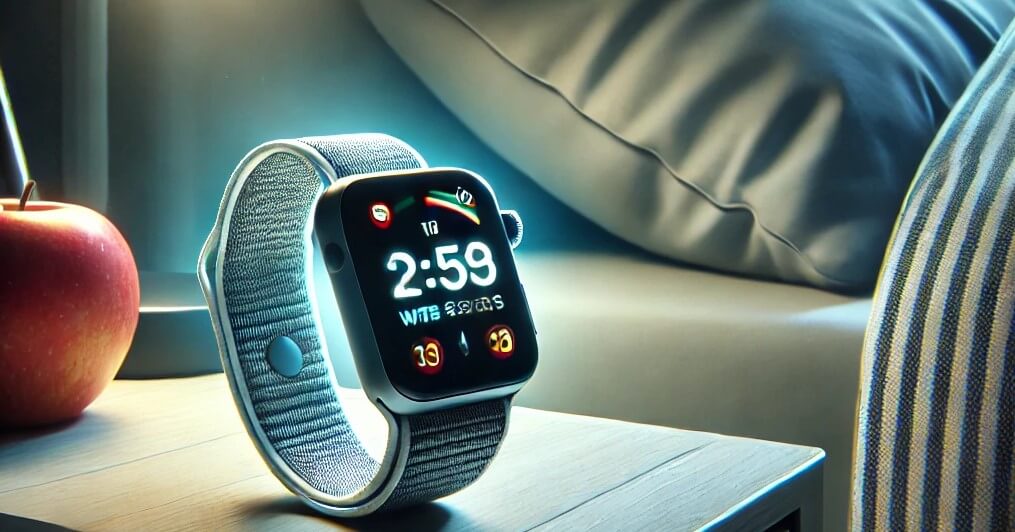The Clicks keyboard case has landed, sparking nostalgia for the BlackBerry era, yet it poses challenges for modern iPhone users. The physical keyboard, designed to attach to the bottom of your iPhone, aims to merge old-school tactile typing with contemporary smartphone functionality. While the concept is charming, it’s not entirely practical without a significant adjustment period.

The Return of Physical Keyboards
The Clicks keyboard evokes memories of the BlackBerry, a device famed for its physical keyboard that once dominated the mobile market. However, unlike the short and wide BlackBerry, iPhones are taller and slimmer, causing balance issues when typing. The weight distribution of iPhones, particularly the heavier models like the iPhone 15 Pro Max, makes the case feel top-heavy and awkward.

Clicks has acknowledged this issue, advising a specific holding technique to mitigate the imbalance. Users are instructed to cradle the phone with their pinky fingers supporting the bottom edge while the middle and ring fingers support the back. Despite these instructions, the case’s tendency to wobble remains a concern, particularly for those with shorter fingers or weaker grips.

Design and Compatibility Challenges
The Clicks keyboard case attempts to compensate for its balancing challenges through thoughtful design elements. A vegan leather grip pad and a textured surface enhance stability, yet the inherent imbalance due to the iPhone’s design remains problematic. The keyboard’s functionality is further complicated by its compatibility only with certain iPhone models—namely the iPhone 14 Pro and Pro Max, and the entire iPhone 15 lineup. The absence of support for smaller models like the iPhone 13 mini is a notable drawback, as a lighter device could potentially offer a better user experience.

Early adopters have reported that the keyboard’s ballast isn’t sufficient to counteract the imbalance caused by the iPhone’s weight. This issue is especially pronounced with the iPhone 15 Pro Max, the heaviest of the supported models. Users are considering downgrading to lighter models for better compatibility with Clicks, highlighting the need for a more universally compatible design.
User Experience and Learning Curve
Adapting to Clicks’ physical keyboard involves a steep learning curve. Despite the company’s claims that users can become comfortable with the keyboard within a few days, the transition from touchscreen typing back to physical buttons is not seamless. The typing experience is hindered by the case’s top-heavy nature and the need for precise finger placement.
Clicks’ marketing emphasizes the tactile feedback of the keyboard’s “clickety” sound, which may appeal to those nostalgic for the BlackBerry era. However, the noise can become annoying over time, potentially bothering others around the user. The keyboard’s small, well-spaced buttons do provide a satisfying typing experience once mastered, but this requires significant effort and time.
Practical Considerations and Market Appeal
Despite its playful and nostalgic design, the Clicks keyboard case presents several practical challenges. Its size and weight make it cumbersome to carry, particularly in pockets or small bags. The inability to use MagSafe accessories further limits its practicality, as popular accessories like PopSockets cannot be attached to improve grip.
Moreover, the delicate nature of the case’s USB-C or lightning port requires careful handling. The case’s $159 price tag and the risk of damaging the port during insertion or removal make it a risky investment for some users.
However, the Clicks keyboard’s whimsical design and vibrant color options may attract a niche market of enthusiasts. The product has seen significant interest since its launch, with the company reporting strong demand and plans for further expansion. For those who appreciate quirky, niche technology products, Clicks offers a unique, if imperfect, addition to their gadget collection.
Conclusion
The Clicks keyboard case for iPhone offers a nostalgic return to physical typing, blending old-school charm with modern technology. However, its practical challenges, including balance issues and a steep learning curve, make it less suitable for everyday use without considerable adjustment. While it may not be the most functional accessory, its cheerful design and tactile feedback could appeal to technology enthusiasts seeking a touch of nostalgia.






